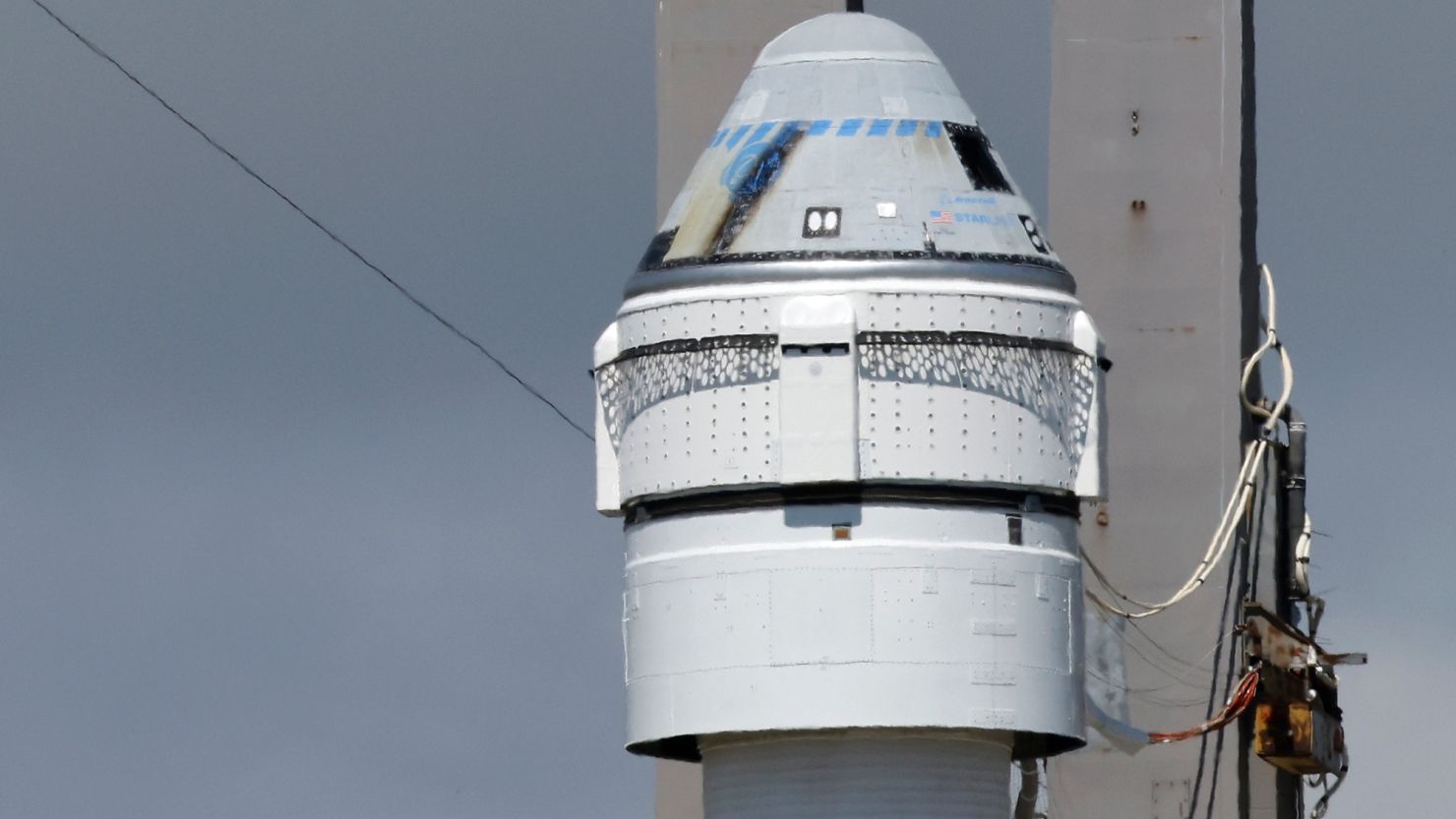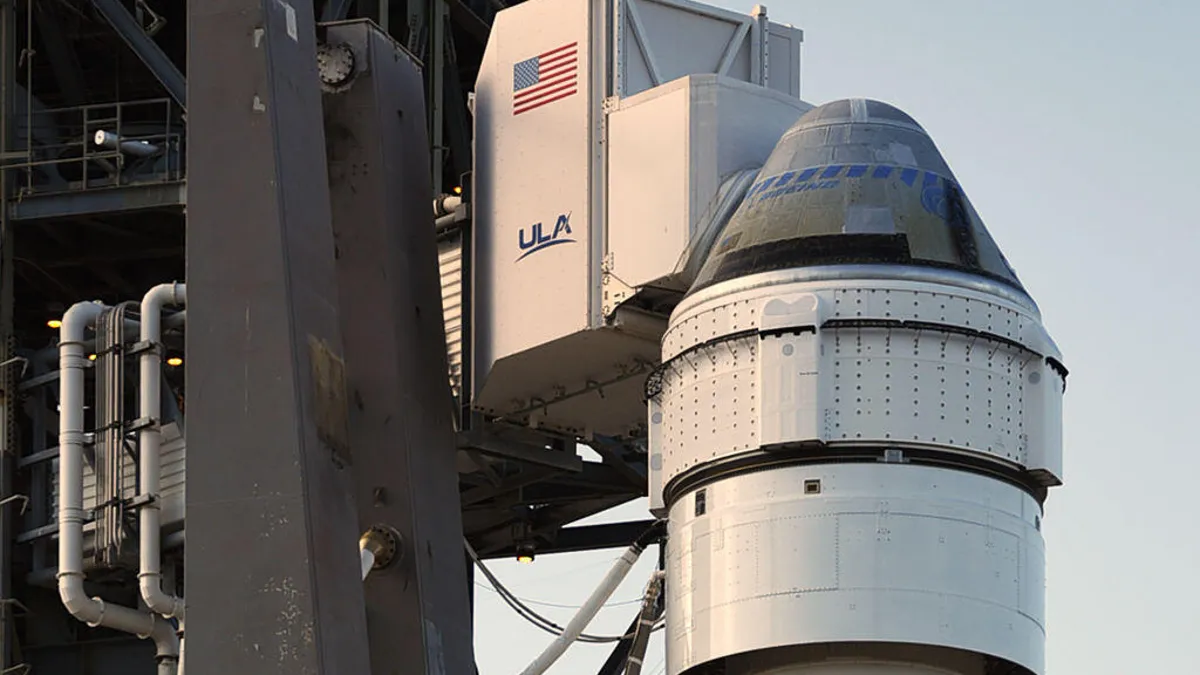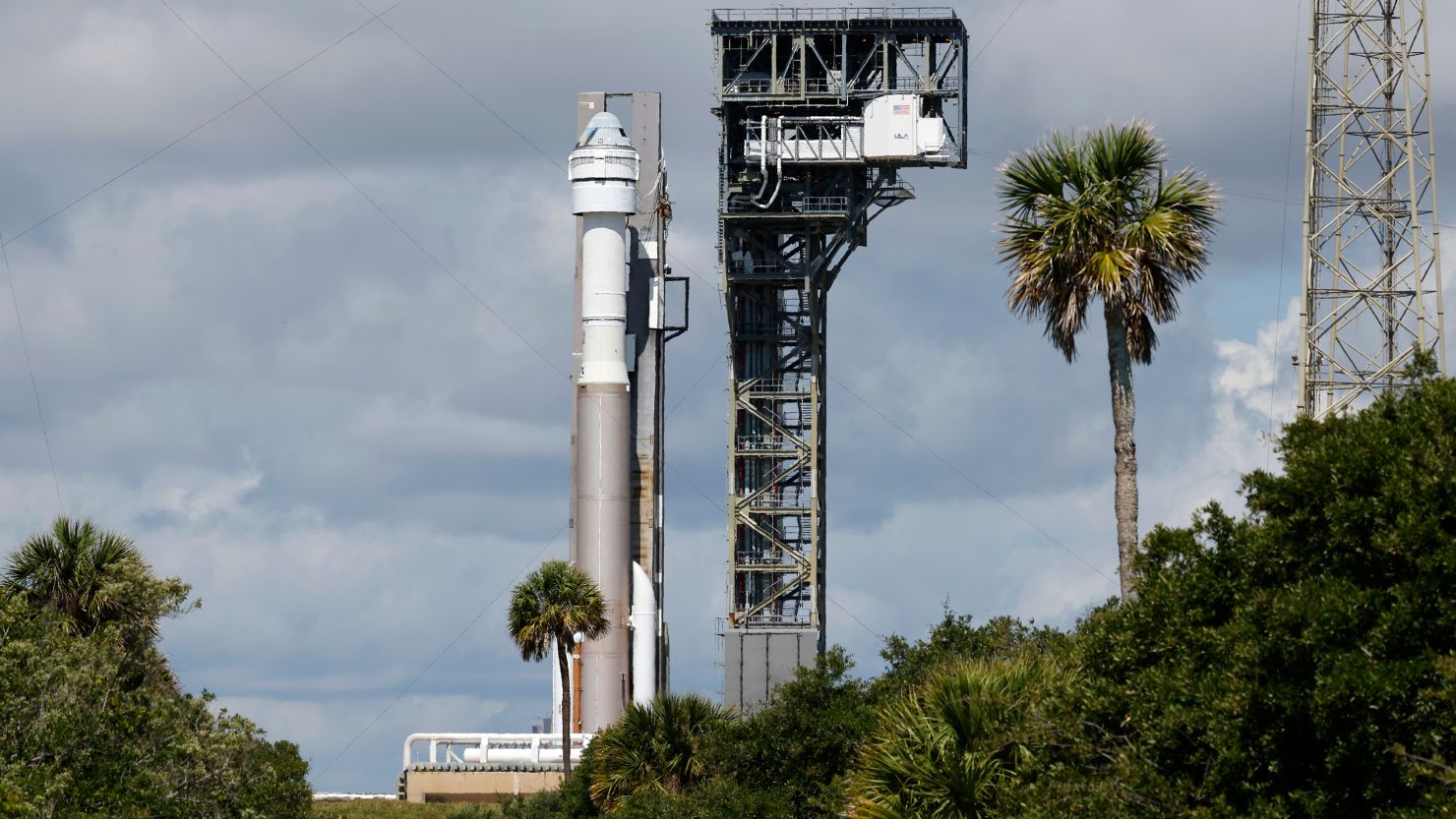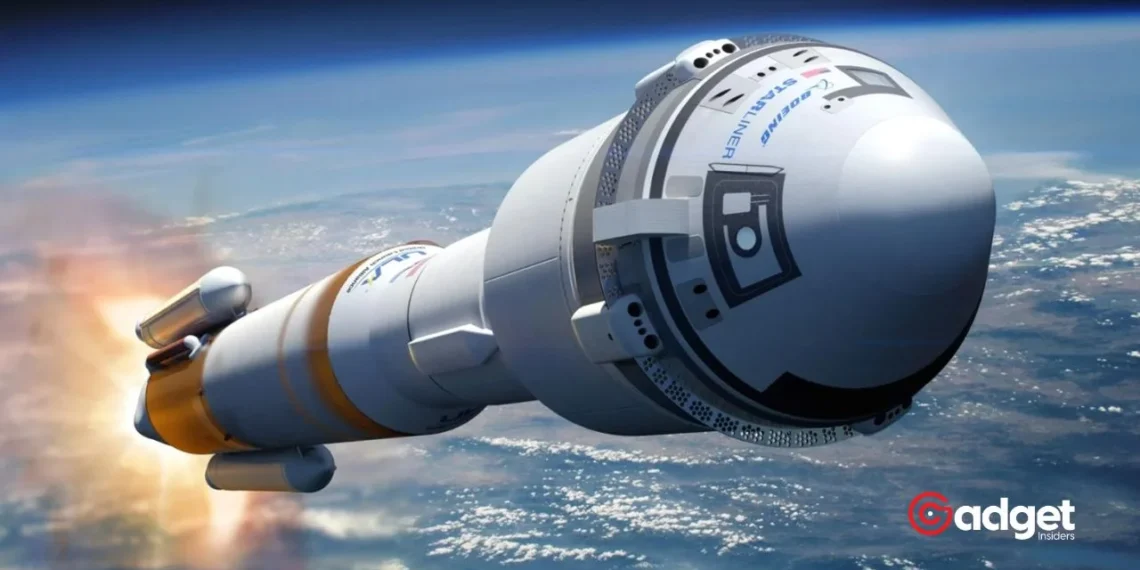After a decade filled with anticipation and setbacks, Boeing’s Starliner spacecraft is finally poised to redefine human space travel. Scheduled for a nighttime launch from the Cape Canaveral Space Force Station in Florida, the Starliner is set to carry two seasoned NASA astronauts into the cosmos. This mission, long overdue, marks a significant milestone for Boeing as it attempts to catch up with competitors and solidify its presence in the aerospace sector.
The journey, launching aboard an Atlas V rocket, will commence at 10:34 PM Eastern time. Astronauts Barry Wilmore and Sunita Williams are expected to dock at the International Space Station (ISS) after a 25-hour transit, initiating a week-long sojourn in orbit.
This test flight is crucial; it’s designed to transition the Starliner into a reliable vessel for future manned missions to and from the ISS, with Boeing already securing contracts for six NASA flights and possibly more.

Redefining American Space Travel
The importance of having multiple American-operated crewed spacecraft cannot be overstated. NASA’s Dana Weigel, the ISS program manager, emphasized this point during a recent news conference, calling the mission a “critical stepping stone” for broader aerospace ambitions.
This initiative dates back to September 2014 when NASA selected Boeing and SpaceX to develop commercial crew transportation capabilities, ending the U.S.’s reliance on the Russian Soyuz spacecraft for reaching the ISS.
SpaceX has since met its obligations, launching numerous manned missions since 2020. Boeing, however, has faced a rockier path. The Starliner was initially slated for a 2017 launch but was delayed after a series of technical failures, including a misfire in 2019 that prevented the craft from reaching the ISS.
These setbacks have been a source of significant embarrassment for Boeing, compounded by troubles in its aviation division, such as the notorious Boeing 737 Max accidents.

Technological Features and Mission Details
Starliner’s design harkens back to the Apollo-era capsules but with modern twists. It’s capable of carrying up to seven astronauts and operates largely autonomously, requiring human intervention only during emergencies.
This mission will see Wilmore and Williams manually navigating the spacecraft at times to test its operational capabilities. Unique to Starliner, the spacecraft boasts a cozy interior, roughly the size of an SUV, and unlike its counterpart, the Crew Dragon, it features traditional physical controls rather than touch screens.
The lack of an onboard toilet and its use of airbags for earth landings further differentiate it. Post-mission, Boeing plans to reuse each Starliner capsule for up to 10 flights.
Boeing Starliner Launch With #NASA Astronauts Delayed: What Happens Next?https://t.co/47oIThQllN
— TIMES NOW (@TimesNow) May 7, 2024
The Future of Starliner and Commercial Space Travel
While this mission is pivotal, the long-term outlook for Starliner is clouded with uncertainty. Beyond its six contracted ISS missions, no further flights have been scheduled, a stark contrast to the bustling activity and future planning typical of SpaceX.
This disparity underscores broader questions about the viability of commercial space stations, which NASA hopes will succeed the ISS following its planned decommissioning in 2030.
Experts remain skeptical about the market demand for these platforms despite the enthusiasm for continued low Earth orbit research and commercial opportunities in space.
Jonathan McDowell, an astronomer at the Harvard-Smithsonian Center for Astrophysics, voiced concerns about the sustainability of two commercial entities managing orbital platforms.

A Pivotal Moment for Boeing and Space Travel
As Boeing gears up for the inaugural crewed flight of the Starliner, the stakes are incredibly high. This mission isn’t just a test of technology but a critical step for Boeing to reclaim its reputation and demonstrate its capability in a field that has seen its fair share of both triumphs and tumults.
Tonight, as Starliner pierces the sky with humans aboard, it may finally begin fulfilling its long-promised role in the next era of space exploration.


